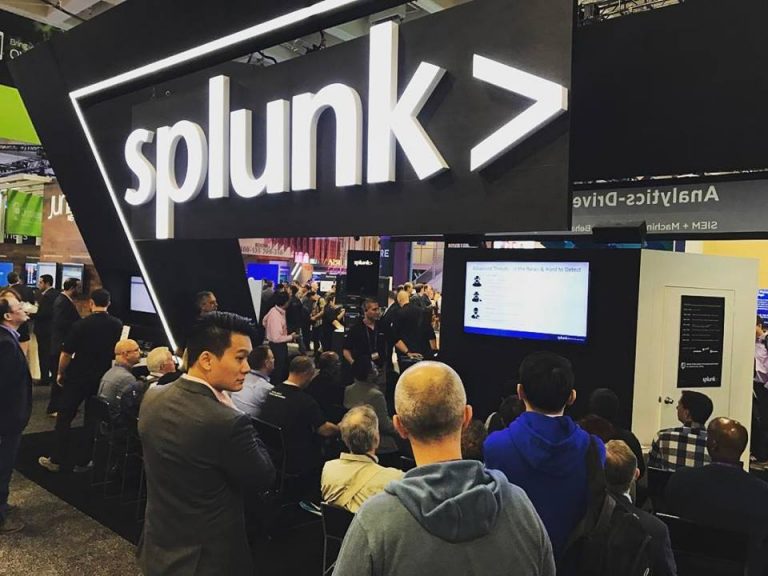 BIG DATA
BIG DATA
 BIG DATA
BIG DATA
 BIG DATA
BIG DATA
Big data analytics company Splunk Inc. early today announced the general availability of its new Data Fabric Search and Data Stream Processor capabilities in the on-premises and cloud versions of its Data-to-Everything Platform. The goal, it said, is to enable federated search and stream processing at a massive scale.
Announced at its annual .conf19 event in Las Vegas today, the Splunk DFS is intended to accelerate and streamline data analytics experiences by weaving together insights from multiple massive datasets into a single view. It’s essentially a more powerful search tool for organizations that run multiple data stores and can’t always find the information they need.
Splunk DSP, meanwhile, is a real-time stream processing tool that gathers high-velocity and high-volume data from multiple sources as it’s created, turns that information into insights and then delivers the results within the Splunk interface.
The idea, the company said, is to enable analysts or other business professionals to extract insights and make critical business decisions more quickly. DSP can also mask sensitive data to protect business information.
More generally, the new capabilities are all about Splunk offering a deeper stack for its customers, Constellation Research Inc. analyst Holger Mueller told SiliconANGLE.
“With DFS and DSP, Splunk is taking a step forward, moving from simply knowing what’s in the data to actual processing of that data,” Mueller said. “It’s a key step forward that augments the Splunk value proposition for CIOs and CTOs that want larger and more deeply integrated stacks to run their next-generation applications.”
The new capabilities are just two of several new additions to Splunk’s Data-to-Everything Platform, which is used by enterprises to search, correlate, analyze, monitor and report on data in real time.
Splunk Connected Experiences, for example, is a suite of apps that delivers data insights to mobile workers via augmented reality and mobile applications, enabling them to access data from any location. The service is now available on Android devices and has been more tightly integrated with Splunk Enterprise and Splunk Cloud, the company said.
Connected Experiences is also being integrated with the Splunk Natural Language platform, enabling users to “talk to their data” using a mobile device. That means users can ask questions about their data and receive immediate responses visually through the Splunk dashboard or by voice.
In addition, Splunk is issuing some updates on its acquisition of the cloud application monitoring firm SignalFX Inc., a company which it bought for a record $1.05 billion in August.
SignalFX offers real-time cloud monitoring, predictive analytics and other services that help enterprises to keep an eye on the health of their information technology systems, and these capabilities have now been integrated with the Splunk Cloud platform. The integration will enable DevOps teams to carry out root cause analysis of any problems they detect with their IT systems, helping to speed up the time it takes to remediate any issues that crop up, the company said.
Splunk has also updated its IT Service Intelligence AIOps platform, which helps to provide visibility into the health and key performance indicators of critical IT and business services, and the infrastructure that powers them. New capabilities include VMware vSphere Monitoring, multicloud monitoring and enhanced monitoring for Windows, Unix and Linux. The enhancements will ensure customers can receive alerts to and troubleshoot any problems across both physical and virtual IT environments.
Not least, Splunk found time to announce what it says is a significant investment in a startup called Zonehaven. The investment came via Splunk’s newly launched Splunk Ventures Social Impact Fund.
Zonehaven sells a cloud-based analytics application that analyzes wildfires and tries to predict where they’ll spread. The platform is used by fire departments and emergency response agencies and draws on real-time weather data to carry out “advanced fire modeling” that can be helpful when it comes to planning evacuations and strategies for tackling the fires.
“Zonehaven’s innovative technology has enormous potential to bring wildfire detection and response into the 21st century,” said Lenny Stein, Splunk’s senior vice president of global affairs.
THANK YOU